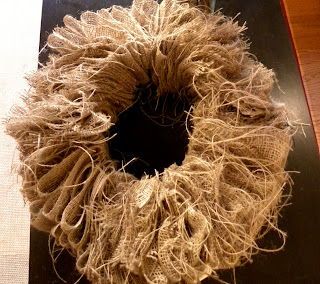Keep in mind its a work in progress but its an up to date "after"
Before
Items Needed:
-A piece of furniture
-Furniture paint (I used oil based because I wasn't sure if the original coats were water or oil)
-Paint Brush
-Drop Cloth (to cover the floor from getting paint on them)
-A hammer or chain, or heavy tool that will leave dings and dents
-Old English (love this stuff)
-Cloth/Wash Cloth/Old Shirt
-Paste Wax (optional)
I forgot the Old English in this Photo
The Desk - Before
Yikes.....
First coat of paint
Second coat
I waited for about 48 hours to let the paint really set in before I started the distressing process. This was hard for me because I like instant gratification!! Once the paint was fully dried and had plenty of time to set into the wood, I went to town. And if for any reason your having a bad day, this is a great way to get your frustration out :)
Take the chain or hammer or wrench and slam it on to the wood to create dents and dings into the wood
Once you have gotten the piece of furniture to the distressing level of your preference, break out the Old English
Add a generous amount of the Old English to your cloth
Rub it all over the piece, even getting it in the cracks and crevices. This is really what gives the piece that aged look. Once you have covered the piece with the Old ENglish, flip over your cloth and buff it out so that it has slightly given the paint a not so "stark" look, but has really gotten into those dents and dings. Make sure you have buffed it all off. And that's it..... Old to New....But then Old Again
The chair was distressed too
Fenwicks (my dog) tail sneaked in this photo
Side Note: The Paste Wax, this you can apply between the hammer stage and Old English stage to the dents and dings. Just rub a little on the areas and then continue on to the Old English





































